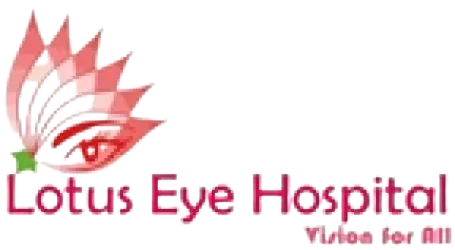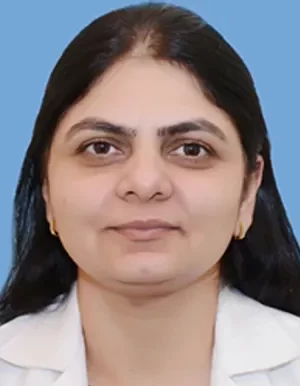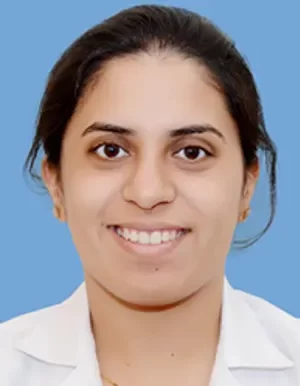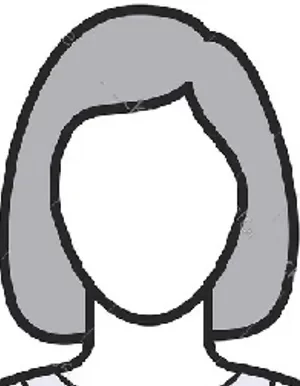- Call Anytime: +91 8879717321 | +91 9152819160
- lotushospitalstrust@gmail.com

About Lotus Hospital
- Clinical Services
- Allied Services
- Pediatric Ophthalmology

Pediatric Ophthalmology at Lotus Hospital
Good vision is a key to a child’s development and overall well-being. 80% a child’s learning is visual. We are qualified (equipped) to provide paediatric eye care. We test visual acuity with age-appropriate charts, or the auto refractometer, which gives us a highly accurate reading of the child’s refraction and does not require a young child to decipher symbols on a chart. We also monitor for the possibility of common eye conditions such as amblyopia (lazy eye) and strabismus (crossed eyes) and treat common paediatric eye disorders such as conjunctivitis (pink eye).
At present, the service provides evaluation and treatment for a full range of eye conditions that affect children like, refractive errors, childhood cataract, paediatric glaucoma, amblyopia (lazy eye), squint and retinal disorders (such as premature retina), paediatric eye cancer (Retinoblastoma) and congenital anomalies like blocked tear ducts. We also deal with specially-abled children and their eye care needs and administer low vision therapy.
We have a dedicated paediatric Ophthalmologist and the best equipment to diagnose and treat these diseases at the right time to ensure the best outcomes and proper development of a child’s eye and vision.
Making sure that your child sees well into the future
We recommend a first eye exam at 6 months of age, again at the age of 3 or 4 and then every one to two years thereafter. We treat your child with the utmost care and concern from the moment you first arrive. You will accompany your child throughout their exam and get answers to any questions you may have. Your child deserves a lifetime of clear, healthy vision. Right to sight is a fundamental responsibility for all, especially the young ones. Call and schedule an appointment for you and your child at our office today.
If your Child does this:
- Holds object very close to their eyes
- Excessively rub their eyes, blink or squint after close visual work
- Complain of headaches after reading
- Becomes tired after reading?
- Have difficulty comprehending what they have read
- Complain of headaches or eyestrain
- Have red or watery eyes (which could also be a sign of allergies).
- Performs below expected levels in school
- Have a short attention span or difficulty staying on task
- Have an eye that turns in or out
- Complaints of blurred vision with schoolwork or reading
- Have difficulty copying from a textbook or chalkboard
- Avoids reading? Or goes very near to the TV while watching programmes.
Diagnosis and Treatment of Pediatric Vision Problems
We provide comprehensive evaluations and proven treatments for all aspects of routine and complex pediatric eye disease, including:
Approximately 4% of children in the world are affected by this condition, which is characterized by crossed-eyes or eyes that are otherwise misaligned or looking in different directions. If not treated by age 5 or 6, children with strabismus risk permanent loss of visual acuity.
Also called “dull eye,” this is a condition in which the vision in one eye (or both eyes) is poor, usually as a result of strabismus. Other causes of amblyopia include farsightedness, nearsightedness and astigmatism; it can even be caused by drooping eyelids or the rare occurrence of a childhood cataract.
Pediatric Specialist
Dr. Neepa Thacker
Dr. Priyanka Vora Bapat
Dr. Shraddha Seth
Shopping Cart
There is no item in your cart



